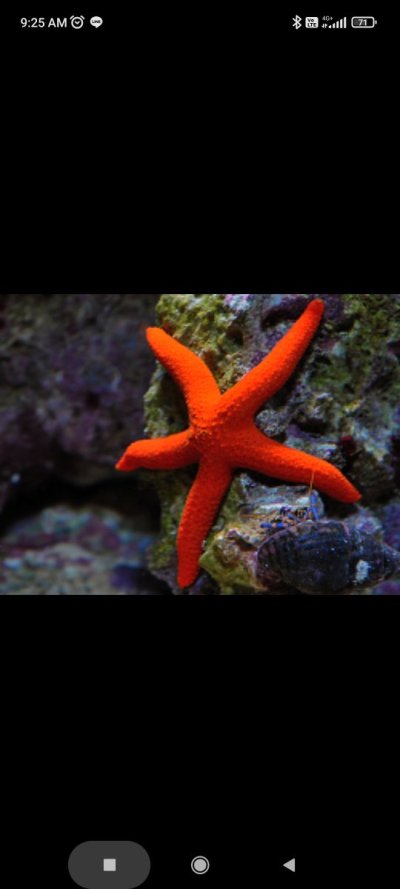H
He's beautiful...if I were to guess by the pictures he looks more like an Echinaster...maybe Echinaster luzonicus. They're very variable in color and some have 6 arms so I'm just making an educated guess based on the picI just call him an orange starfish






















